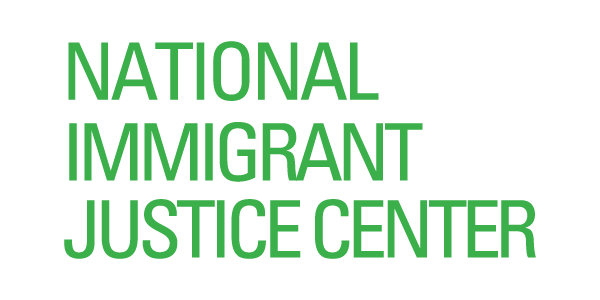World Refugee Day marked a somber anniversary this year for the state of human rights in the United States. Three months earlier, the Centers for Disease Control and Prevention (CDC) determined that migrants—including refugees—could be vectors for COVID-19, justifying the unprecedented decision to close the border. The CDC’s order was met with strong condemnation from public health experts, who have found no public health justification to shut out asylum seekers and children. Nevertheless, the CDC extended its order with no end in sight.
Since the border closure, Customs and Border Protection (CBP) began mass expulsions of over 41,000 migrants—including over 2,175 unaccompanied children. In April and May, CBP expelled 90 percent of migrants—returning vulnerable adults and children straight back to the conditions they fled. Beside the devastating human toll of this policy, there are three reasons we should have never closed the border.
1) Closing the Border Was Illegal.
Simply put, no U.S. law sanctions closing the border to refugees and children. Instead, the CDC unearthed the Public Health Service (PHS) Act of 1944 to justify its draconian policy.
But the CDC is turning the PHS on its head. Congress never intended to single out immigrants with the PHS, because diseases affect everyone, regardless of citizenship, immigration status, or borders. The statute was never a backdoor to regulate immigration.
Even worse, there are literally decades of U.S. and international laws that came after the PHS of 1944 and require the U.S. government to safely process migrants—all of which the CDC eclipsed.
Take the Refugee Act of 1980, a bipartisan law that created the U.S. asylum system and incorporated international principles stating the government should not to return refugees to the harm they fled. Instead of celebrating this law’s 40th anniversary, CBP is trampling it daily by expelling countless asylum seekers. Congress also mandated —by a unanimous vote in 2008—that when children arrive at the U.S. border alone, the government must screen them for trafficking and fear of return, and promptly send them to the Office of Refugee Resettlement. Though two children have brought individual suits, CBP continues to illegally expel children every day.
2) Closing the Border Was Racist
Besides its illegality, the decision to close the border betrays racial animus. This should come as no surprise, as the Trump administration’s fury of anti-immigrant policies leads back to an author with ample white supremacist ties. The racist association between immigrants and disease is not new, though.
In the 19th Century, lawmakers groomed the ideology that immigrants may carry “loathsome and contagious disease.” This view—predicated on racist, classist, and ableist stereotypes—laid the groundwork for selective medical screenings, deportations, and eugenics in the 20th Century. Immigration became synonymous with contagion and a threat to domestic welfare.
Unfortunately, that white supremacist ideology lives on today. While President Trump has called COVID-19 the “invisible enemy,” he has frequently used briefings on the pandemic to promote a physical border wall and anti-immigrant views. The CDC’s order anchored a longstanding scheme to exploit public health as a pretext to close the border.
For the record, public health experts have long debunked any link between migration and disease. Rather than spread the disease, immigrants are leading the fight against COVID-19.
3) Closing the Border Was a Distraction
A profound failure of leadership lurks beneath the surface of the border shutdown. If we blame immigrants, will we forget that 110,000 lives lost so far to COVID-19? Or that over 42 million workers have lost their jobs? Or that child hunger has reached alarming levels in the richest country on earth?
With about four percent of the world’s population, the U.S. houses a staggering 27 percent of COVID-19 infections worldwide. African American, Latinx, and Native communities are dying at far higher rates than their white peers. While this crisis unfolds domestically, experts warn of a deadly second wave as states reopen in an attempt to spur economic recovery.
Closing the border did nothing to contain the virus, because refugees and children were never the problem in the first place. Instead of reckoning with their domestic failures, the president and other politicians defaulted to racist tropes and violated the law.
Experts concur that there is a safe way to admit asylum seekers and children during a pandemic. In fact, the majority of children and 91.9 percent of asylum seekers have family or close friends in the U.S. with whom they can shelter-in-place. Appropriate safeguards can ward off risks of infection and ensure that their claims are heard.
That is the only lawful, humane thing to do.
Azadeh Erfani is a senior policy analyst with the National Immigrant Justice Center. She previously defended detained unaccompanied children and asylum seekers from deportation.

